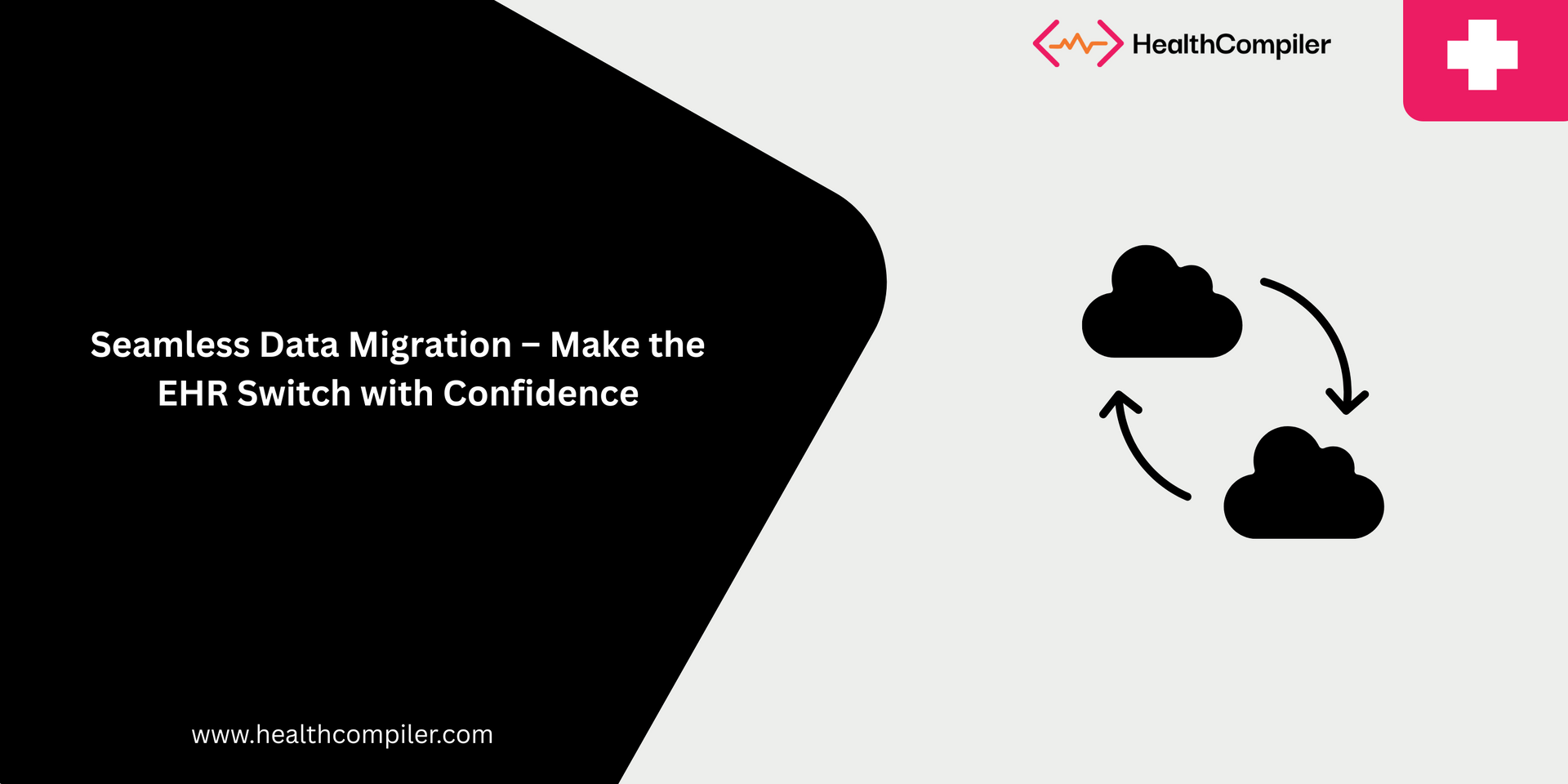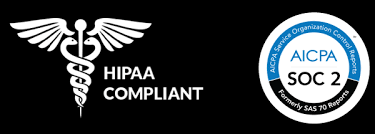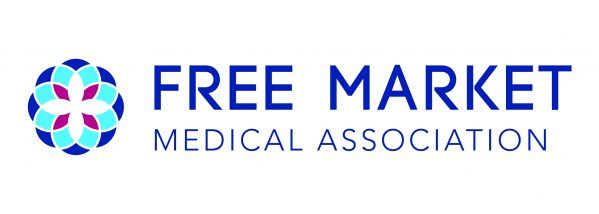Seamless Data Migration – Make the EHR Switch with Confidence

Switching EHR systems can feel like moving houses, you’re excited for the upgrade, but the thought of packing, sorting, and transporting everything can feel overwhelming. In healthcare, that “packing and moving” is EHR data migration, and it’s one of the most important steps in ensuring a smooth transition.
The good news? With the right approach, data migration for EHR can be done without disrupting care, losing critical records, or overwhelming your staff.
Why Practices Switch EHR Systems
There are many reasons clinics consider switching EHR systems:
- The current system is clunky, outdated, or slow.
- Costs have outpaced value.
- Workflows don’t align with the practice’s care model.
- Data isn’t easy to extract, analyze, or share.
For Direct Primary Care (DPC) and other innovative models, switching to the right EHR can unlock efficiency, improve patient experience, and support growth. If you’re in the evaluation stage, you may also want to explore our guide to the Top 6 Best EHRs for Direct Primary Care in 2025.
What Is EHR Data Migration?
At its core, EHR data migration is the process of transferring clinical and administrative data from one system to another. This includes:
- Patient demographics
- Clinical notes
- Medications, allergies, and lab results
- Imaging and documents
- Billing and scheduling data
The goal is to preserve data integrity while making the new system feel like home on day one.
Common EHR Data Migration Challenges
Despite the benefits, many clinics hesitate because of EHR data migration challenges, which may include:
- Data incompatibility: Old and new systems may store data differently.
- Incomplete transfers: Some records may not map cleanly between systems.
- Downtime fears: Practices worry about interruptions to patient care.
- Compliance risks: Improper migration can expose sensitive patient data.
Acknowledging these challenges upfront makes it easier to design the right data migration strategies for EHR transition.
Data Migration Strategies for EHR Transition
The most successful migrations use structured approaches. Here are a few strategies to consider:
- Plan early: Identify what data truly needs to be moved and what can be archived.
- Clean data before migrating: Resolve duplicates, errors, and outdated records.
- Test in phases: Run pilots before migrating all data.
- Work with experts: Experienced
EHR data migration services can ensure compliance and accuracy.
- Train your team: Make sure staff are comfortable navigating the new system from day one.
With the right partner and process, even complex data migration from one EHR to another can be streamlined and stress-free.
How the Right Partner Makes the Difference
Not all EHR data migration solutions are created equal. A strong partner ensures:
- Minimal disruption to daily operations.
- Secure handling of PHI (Protected Health Information).
- Ongoing support after go-live.
- Clear documentation for compliance and audits.
Ultimately, migration is not just about moving data, it’s about setting your practice up for long-term success.
Final Word
Switching EHR systems doesn’t have to be intimidating. With the right strategy and support, data migration for EHR becomes a smooth process that unlocks efficiency, better reporting, and improved patient care.
At Health Compiler, we work alongside direct care practices to ensure that EHR transitions don’t just preserve data, but enhance the insights practices can generate from it. Our EHR data migration solutions are built to minimize disruption and maximize clarity, so providers can focus on what matters most: caring for patients.



